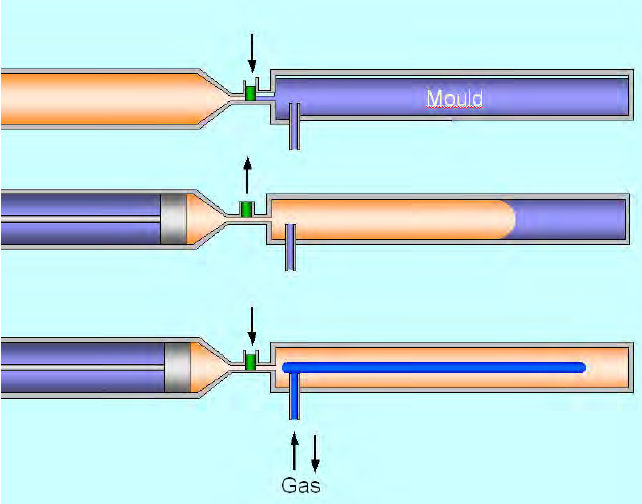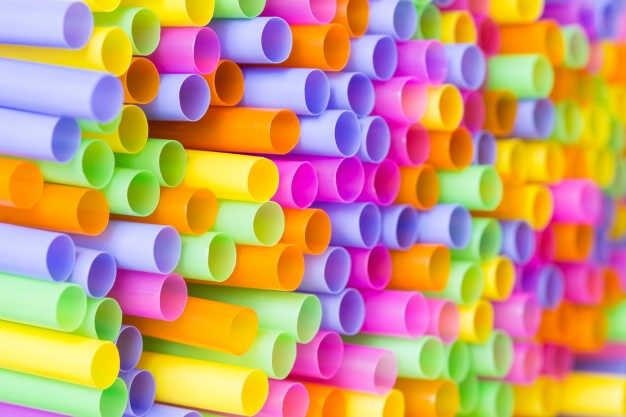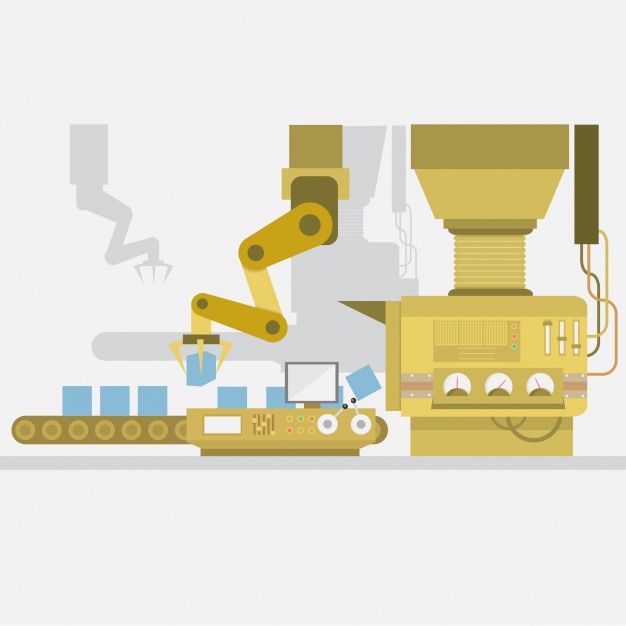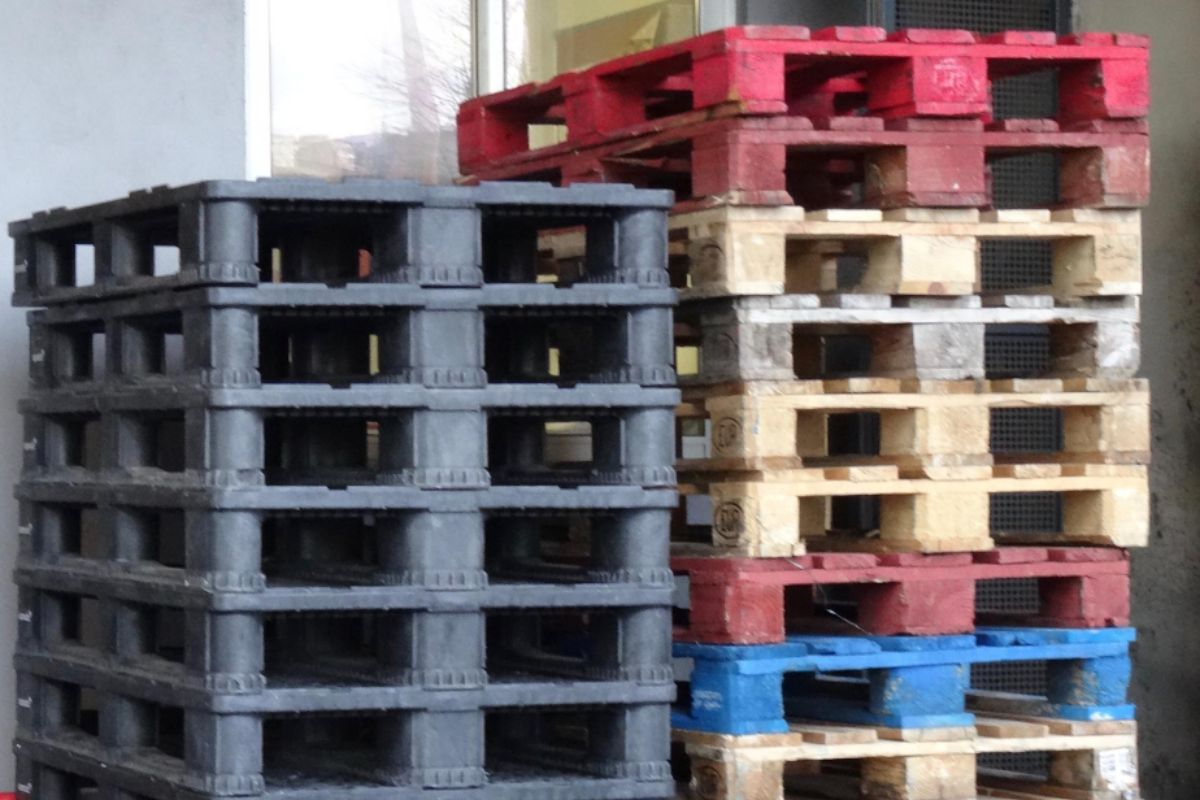What are the new technologies in plastic injection molding?
- Gas-Assisted Injection Molding
- Foam Injection Molding
- Hot and Cold Runner Molds
- Insert or Over Molding
Industries that thrive on its manufacturing process are no strangers to the technique of plastic injection molding. The overall process of manufacturing is aided by the accuracy of plastic injection molding.
It has gone a long way since its first appearance in the production process in the 1800s. Since then, plastic injection molding has developed into new technologies that enable you to produce high-quality products and quick manufacturing of plastic parts.
Exploring new technologies in plastic injection molding will do wonders for your business and for the production of your concept of a product. With these new techniques, the design and function of your plastic parts will be efficient.
If you would like to know the latest plastic injection molding technologies, then this article is for you!

Source: researchgate.net
Gas Assisted Injection Molding
This process of injection molding uses Nitrogen. It is injected through controlled high pressure into the tool during the process of injection molding.
This process can be used for plastic parts that are considered bigger or thinner than the usual subjects to industry standards.
The benefits of this technology for your products are high-quality parts, faster mold production cycle time, improved surface texture, reduced usage of plastic materials, and savings on expenses.
Gas assisted injection molding will result in a reliable production process with less stress and wear and tear on the tool. The surface texture is improved because sink marks can be eliminated.
Foam Injection Molding
This method provides an effective but cost-efficient way to achieve durable and versatile structural parts. The mixed compound of foam and plastic material injected into the cavity is to be used in the molding of the plastic parts.
The known advantages of foam injection are better dimension stability, faster production cycle time, low back pressure, prevention of sink marks, reduced weight, stronger weld line, and sturdier and thicker parts.
In addition to these advantages, structural foam parts have a superior thermal isolation, a greater chemical resistance, and improved electric characteristics.
These parts involve a foam core between two layers, with the core obtained by dissolving the gas in the resin and allowing it to expand when injecting the gas-plastic solution in the cavity of the mold.
This process is perfect for you if you want to have a new technology that is cost efficient but stable as well.

Hot and Cold Runner Molds
Hot and cold runner molds are another new technology in the plastic injection molding industry.
The hot runner is usually involved with high volume and with multi-cavity molds. The benefits of using a hot runner system include lower clamping pressure, faster cooling and cycle time, decrease in energy consumption, and better quality of plastic—just to name a few.
Cold runner molds, on the other hand, use more material during production. In every molding cycle using cold runner, a plastic part and a runner are produced. An excess plastic material is present in every shot.
Although processing time is usually longer, using cold runner molds is still common in the plastic industry because they provide cost savings in mold maintenance and production. Not only that, its designs are less complicated and changing the color of the plastic material is easy. Plus, operating it is pretty simple.
Insert or Over Molding
Insert or over molding is used when you need to combine materials due to different specifications into one finished product. This method involves a hard or soft polymer over a base material, which is generally a plastic or a metallic component.
It is used when a single shot into the injection process is not enough because of the complexity of the product. This is done by incorporating an insert, which is usually made of metal or plastic, into a tool. Later, it will be over-molded to form a final part.
Over molding can be used in the application of specialized plastic, metal inserts, or threaded inserts.
This technology has become popular in the market over the years because of its cost-effective quality that lessens future assembly costs.
This technology is actually very cost-effective since it lessens future assembly costs. With the benefits of plastic overmolding, it has become popular in the market over the years.
The types of insert or over molding are:
- Plastic-Rubber Injection Over Molding
- Steel-Plastic Injection Over Molding
- Brass-Plastic Injection Over Molding
- Aluminum-Plastic Injection Over Molding
With this new technology, you can have the benefit of manufacturing complex parts in a rapid process. The main advantage of this process is that you can obtain parts with a high mechanical, thermal, and chemical resistance.
Key Takeaway
These new technologies in plastic injection molding have been the best efficient methods in plastic manufacturing. Technology has really improved the way innovation works; an idea can now be turned into a product with just a click of a button.
Make sure that you know the right technique to manufacture your product. Choose the one that is beneficial to your costs and timetable.










